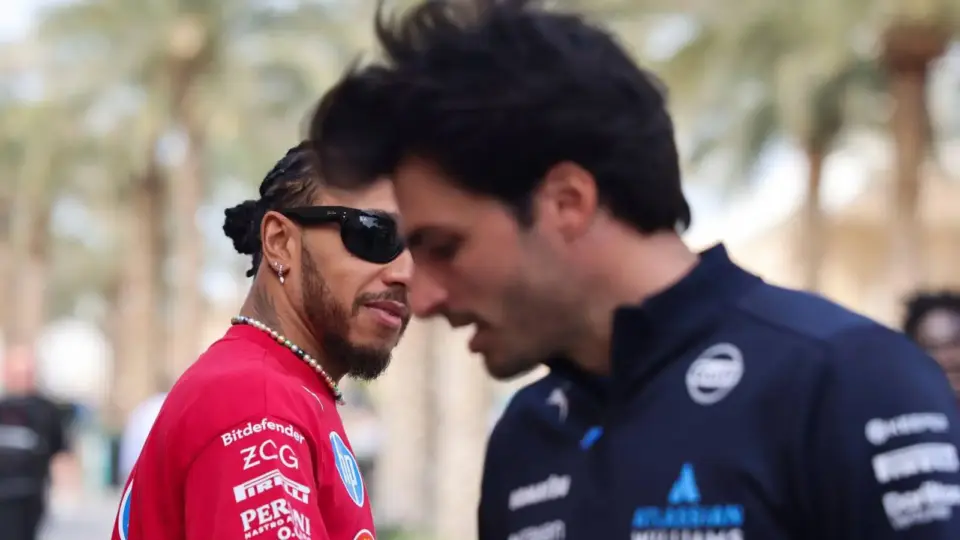Christian Horner, Red Bull’s team principal, blames an old wind tunnel for performance issues.
- Karun Chandhok dismisses Horner’s claims as mere PR spin and deflection.
- Red Bull’s sister team, VCARB, does not face the same issues, challenging Horner’s argument.
- Red Bull’s performance has dropped since the 2024 RB20 car, struggling with 2025 regulations.
- The team is set to move to a new wind tunnel, aiming to solve the current issues.
Christian Horner, the outspoken team principal of Red Bull Racing, has recently pointed to their outdated wind tunnel as a scapegoat for the team’s recent struggles on the Formula 1 circuit. According to Horner, the aging facility is limiting Red Bull’s ability to keep up with their competitors. Horner described the wind tunnel as a “relic of the Cold War,” attributing their performance issues to discrepancies between tunnel data and actual track data.
However, not everyone is convinced by Horner’s claims. Former Formula 1 driver and current Sky F1 pundit, Karun Chandhok, argues that Horner’s comments are nothing more than a masterclass in PR deflection. Chandhok noted that Red Bull’s sister team, VCARB, also uses the same wind tunnel but hasn’t reported similar issues. In Chandhok’s view, Red Bull’s performance woes are primarily a team-specific issue rather than a problem with the facility itself.
Since the introduction of their 2024 car, the RB20, Red Bull has struggled to maintain the dominance they once had, with the newer RB21 still showing balance issues. With only one victory to their name in the 2025 season, the team is currently sitting third in the Constructor’s Championship, behind McLaren, with Max Verstappen trailing in the Drivers’ Championship as well.
In addressing these concerns, Horner has argued that the solution lies in accumulating more track data to identify and fix the aerodynamic flaws, particularly in corner entries. Despite being in the final stages of a set of regulations where improvements are minimal, Red Bull is pressing ahead with plans for a new wind tunnel, which they believe will align their tools more closely with on-track performance. This move is seen as essential for giving drivers like Verstappen the grip and confidence they need to compete at the highest levels.
Despite Horner’s assurances, Chandhok remains skeptical. He has spoken to personnel at the VCARB team, who confirmed there are no correlation issues between wind tunnel data and track performance, contradicting Horner’s narrative. Chandhok’s criticism suggests that the problem may lie within the Red Bull team’s approach rather than their wind tunnel facilities.
As it stands, Red Bull Racing is seeking answers and new solutions to regain their competitive edge in Formula 1, while outside critiques continue to question the validity of their claims.
Red Bull continues to face challenges, with external skepticism about their justifications.










